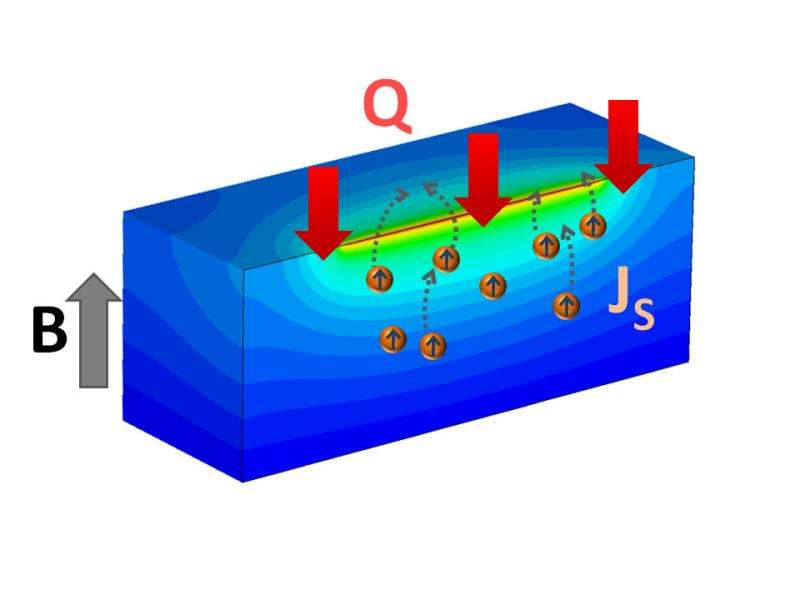July 27, 2015 report
Best of Last Week – Dark matter acting like pions, changes to astronaut skin and illusion of knowledge by experts

Bob Yirka
news contributor

(В鶹ТщФє)—It was an interesting week for physics as a team made up of international researchers came up with —they suggest it has similarities to pions, which bind atomic nuclei together. Also, —at very cold temperatures the ice behaved in a way that could only be explained by quantum tunneling, a rare example of quantum phenomena emerging on a macroscopic scale.
In other technology news, a team with Escape Dynamics conducted tests with a thruster that showed that , which could mean the end of multi-stage rockets that use propellants. Also a young scientist discovered that —postdoce researcher Stephen Wu made the discovery while working at the U.S. Department of Energy's Argonne National Laboratory. Also, interestingly, a team of researches looking into reports of , discovered that for at least two men, their epidermis grew thinner during their mission by 20 percent—though it is still unclear why that happens.
In other news, —the group with the University of Oklahoma believes they could make up a new family of 3D based graphene materials. Also, another team at the University of St Andrews in Scotland —the hope is that it will allow for tracking cells as they move through living organisms. Another team looked into and found that training, even as late as high school, can improve teen response to sound and improved hearing and language skills. And another international team of researchers asked, ? They still cannot say for sure, but they conducted tests looking to see if the mitochondrial genome encodes membrane proteins that are hydrophobic—if encoded in the nucleus, they would be filtered by a signal recognition particle and misdirected into the endoplasmic reticulum.
And finally, if you are an expert in your field, you might be more susceptible to alleging knowledge of information that was completely made-up—a team with members from Cornell and Tulane Universities found that . Something to keep in mind, perhaps before offering opinions that could come back to haunt you.
Written for you by our author —this article is the result of careful human work. We rely on readers like you to keep independent science journalism alive. If this reporting matters to you, please consider a (especially monthly). You'll get an ad-free account as a thank-you.
В© 2015 В鶹ТщФє




















